Visit Myrtle Beach Releases Summer Lodging Occupancy Data, Shares Key Travel Influences
MYRTLE BEACH, S.C. — As the Myrtle Beach area transitions into a vibrant fall season, Visit Myrtle Beach today released tourism performance data for the peak summer months of June, July and August 2025, highlighting the destination’s ability to remain steady despite economic pressures and weather disruptions.
“Summer is our signature season along the Grand Strand, with families and visitors drawn to our 60 miles of beaches, long holiday weekends, and special events like the 10th anniversary of the Carolina Country Music Fest,” said Stuart Butler, President, Visit Myrtle Beach. “This year’s data reflects both the challenges we faced and the strength of Myrtle Beach as a resilient, value-driven destination.”
Myrtle Beach Area Occupancy Data for Summer 2025
Hotels (Source: STR)
Myrtle Beach area hotel occupancy rates for Summer 2025:
June: 71.1 percent (Down 4.8 percent from 2024)
July: 76 percent (Up 0.9 percent from 2024)
Aug: 64.4 percent (Up 1.1 percent from 2024)
Summer Average (June, July & Aug.): 70.2 percent occupancy (Down 2.1 percent from 2024)
Short-Term Rentals (Source: KeyData)
Myrtle Beach area short-term rental (ex. AirBnB properties) adjusted paid occupancy rates for Summer 2025:
June: 69.9 percent (Down 0.6 percent from 2024)
July: 77.1 percent (Up 0.1 percent from 2024)
Aug: 62.8 percent (Up 1.3 percent from 2024)
Summer Average (June, July & Aug.): 70 percent adjusted paid occupancy (Up 0.3 percent from 2024)
A combined look at hotels and short-term rentals reveals that lodging occupancy averaged around 70 percent for the 2025 summer tourism season, on par with 2024.
Key Factors Impacting Summer Tourism
The summer travel landscape was shaped by both economic and environmental headwinds such as:
National Trend: Destinations across the U.S. are reporting declines in travel, underscoring the national scope of these challenges.
Economic Pressures: Inflation and broader economic conditions have softened travel demand nationwide. Shifts in traveler behavior, price sensitivity and competitive dynamics are particularly impacting economy and independent lodging properties, while national hotel brands are faring better.
Weather Disruptions: Seasonal challenges included the Carolina Forest wildfires (June), Tropical Storm Chantal (July 4th week), Hurricane Erin (August) and multiple periods of heavy rainfall.
“Performance isn’t uniform across all sectors,” Butler said. “We’re seeing a bifurcation where flagged hotels like Hilton, Marriott and others are weathering conditions more successfully than economy and independently owned properties.”
Myrtle Beach Area’s Resilience
Despite these external pressures, Myrtle Beach outperformed several U.S. beach destinations, including areas in Florida, demonstrating the destination’s resiliency rooted in its core strengths: accessibility, affordability, value, and enduring family appeal.
“With tourism sustaining thousands of local jobs and funding essential services, the health of our peak season is critical,” added Matt Pivarnik, CEO of the Myrtle Beach Area Chamber of Commerce and Visit Myrtle Beach. “While this summer brought some real challenges, it also proved that the Myrtle Beach area remains resilient, delivering value and family experiences that generations of visitors expect.”
Looking Ahead To The Fall Season
The entire Grand Strand continues to evolve as a year-round destination with fall bringing ideal weather, smaller crowds and strong demand from group travel, meetings and sports events.
“Summer 2025 reinforced what we’ve long known: Myrtle Beach is one of America’s most sought-after, accessible and value-driven destinations,” Butler said. “As we shift into fall, we’re still facing economic uncertainty, but we’re energized by the momentum in sports and group markets that will keep our community vibrant and our tourism economy strong.”
For local residents, tourism remains vital. According to Visa data, 67 percent of all Horry County sales tax revenue comes from visitors. Their contribution to our local economy helps fund schools, infrastructure, public safety and community improvements while keeping local taxes low.
###
About Visit Myrtle Beach
Visit Myrtle Beach is the official destination marketing organization for the Myrtle Beach area, promoting the region as a vibrant, welcoming destination made up of 14 unique communities stretching 60 miles along the northeast coast of South Carolina. With a mission to promote, protect and improve the region collectively known as the Grand Strand, Visit Myrtle Beach works to enhance the quality of life for local residents by fostering a sustainable tourism economy that supports local jobs and generates critical funding for public services, schools and infrastructure. For more information, visit VisitMyrtleBeach.com or call (888) Myrtle-1.

